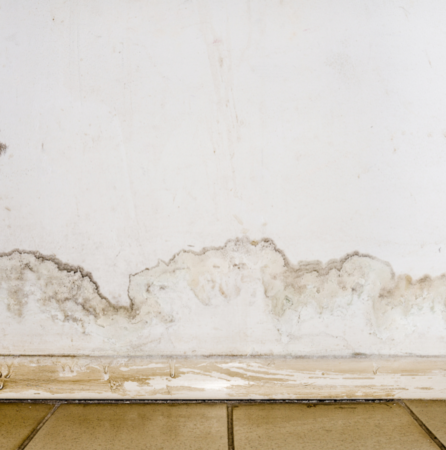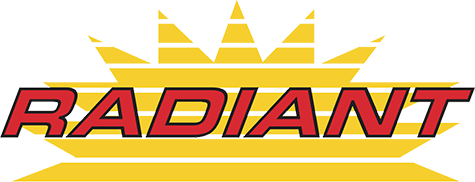Over the years, drywall has been a widely-selected choice for wall finishing. However, it may not be the best material regarding moisture resistance.
Luckily, if you have drywall in high-moisture areas in your home, such as your bathrooms, there are ways to prevent or alleviate moisture effects.
What happens to drywall when there is a high level of moisture?
When drywall absorbs moisture, it can promote the growth of mold, which can result in serious health issues and worsen indoor air quality.
Moisture can also cause stains to appear on the surface of drywall, or cause the paint to peel, which can be difficult to remove and may require repainting or covering with a sealant.
If you are concerned about the negative impacts of moisture on drywall, there are certain preventative measures you can take to handle it before it becomes a significant issue.

The best practices for maintaining drywall in high-moisture areas.
There are several practices you can partake in to alleviate the effects of moisture on drywall, including:
- Using a fan or humidifier.
- Properly ventilating the rooms of your home.
- Seal any gaps or cracks.
- Use a hygrometer to monitor indoor humidity levels.
For further information regarding the maintenance of drywall, contact us today at (631) 924-0500.

